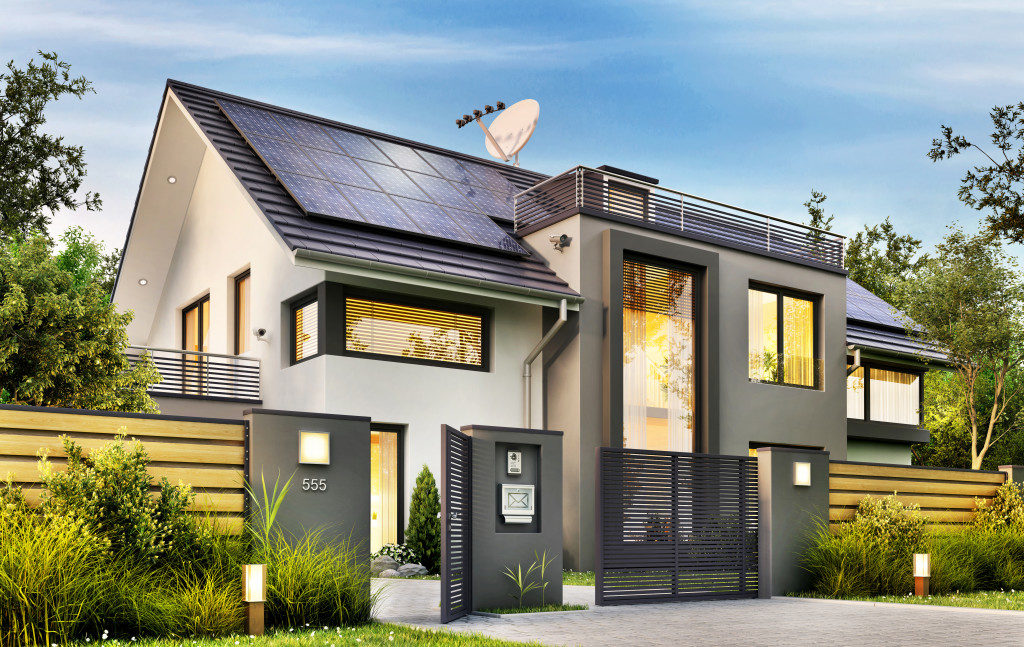Older homes tend to be pushed aside in the market. Young home-buyers usually prefer modern, newly-built structures, while others simply like to avoid the costs of repairs. But if you have an eye for beauty and great attention to detail, you’ll probably see an old fixer-upper house as it once was: pristine and magnificent.
The architectural details in an older house are something you would no longer see in homes today. Some finishes may be outdated, but the character they emit is truly priceless. Think of ornate fireplace surrounds, thick crown molding, and wrap-around porches. They’re nostalgic and cozy in their own ways.
But the downside is, aged homes tend to be plagued with maintenance issues. Ancient plumbing, heating, insulation, and wiring systems are most likely in place, and they’re by no means suitable for today’s standards.
That said, let’s see all the other things you need to note before buying a fixer-upper.
1. Spending for Repairs and Remodels Will Be Inevitable
Since older homes usually function through an ancient set of systems, you’d need to make upgrades to make those systems more efficient and fitting for today’s standards. The light fixtures, for example, aren’t likely to be LED bulbs, so you have to replace them to save energy. The outlets are also probably incompatible with modern plugs, so they have to be changed as well.
Simply put, prepare for an overhaul project, and contact engineers, architects, plumbers, and other renovation experts before moving in. You may end up stretching your budget too far, but the right upgrades can result in a big resale profit.
2. Find the Perfect Fixer-upper
The ideal fixer-upper is something that nobody wants right now, but everybody will covet in the future. Once you find such a property, make an offer at the right price, and you can start earning returns the day you close.
But not all fixer-uppers have the potential to be a hit in the future. Consider different factors while searching, like the location. Any property situated in reputable neighborhoods have better potentials than those in noisy or secluded areas. Examine the nearby homes as well. It’s advised to choose a home that’s surrounded by well-maintained properties.
Next, assess the fixer-upper’s layout. It should have at least three bedrooms and more than one bath. The floor plan should be easy to navigate, not filled with too many unnecessary divisions. It would also be wise to avoid bedrooms that are situated at the opposite ends of the house, as well as layouts where the dining room is the central focal point.

3. Home Insurance Cost
One important reason to upgrade an old home is the cost of its insurance. Insuring an ancient home can be more expensive, and some insurance companies may refuse to cover outdated electrical systems, among others. And it makes sense, because old wiring may be a bigger fire hazard, and insurers might be unwilling to cover the unforeseen incidents it may cause.
Hence, if you really think you’ve found the perfect fixer-upper, have it thoroughly inspected by professionals, so that the crucial upgrades can be carried out at once.
4. Prioritize the Most Essential Remodels
As the plumbing, electrical, and other indispensable systems are being upgraded, take note of the essential remodels as well. That would be the bathroom, kitchen, windows, and the roof. Replace old shower enclosures with modern and higher-quality shower doors. Refresh kitchen cabinetry, improve the window’s and the roof’s insulation, and so on.
When remodeling a fixer-upper, you can mix the old elements with the new, so that the original appeal of the home can be retained. As you proceed to the furnishings, make the style fitting for today’s trends, but without totally removing the glimpses of the home’s past.




